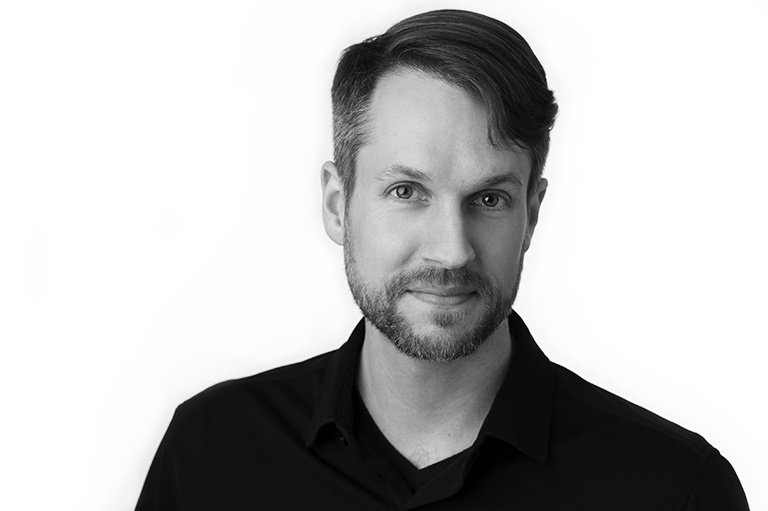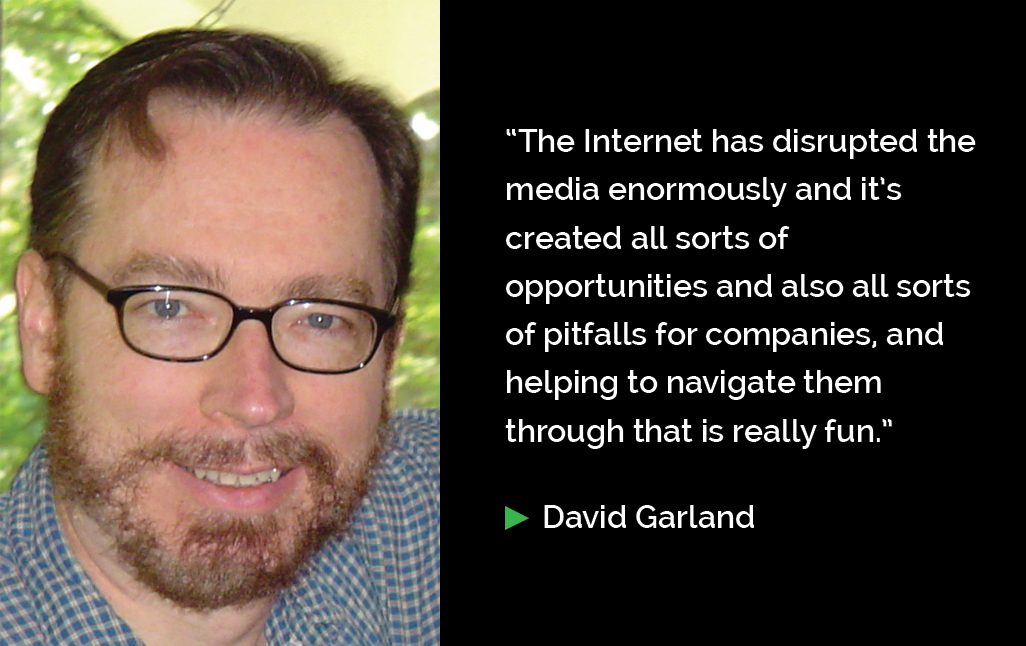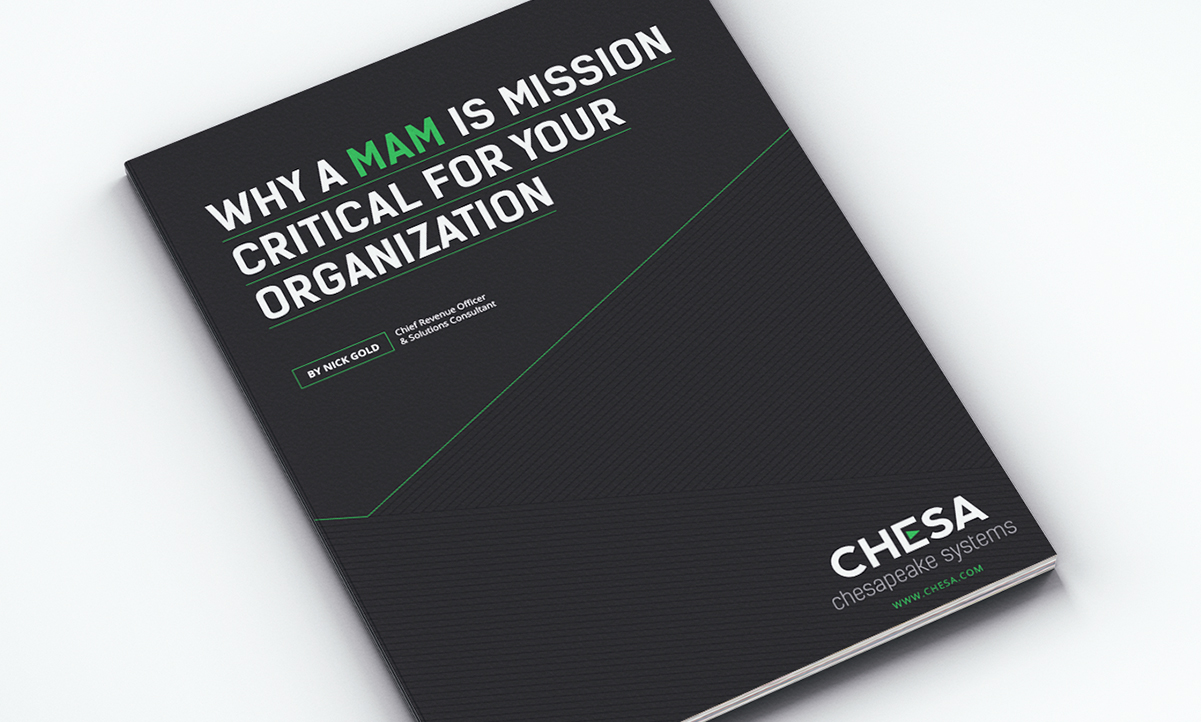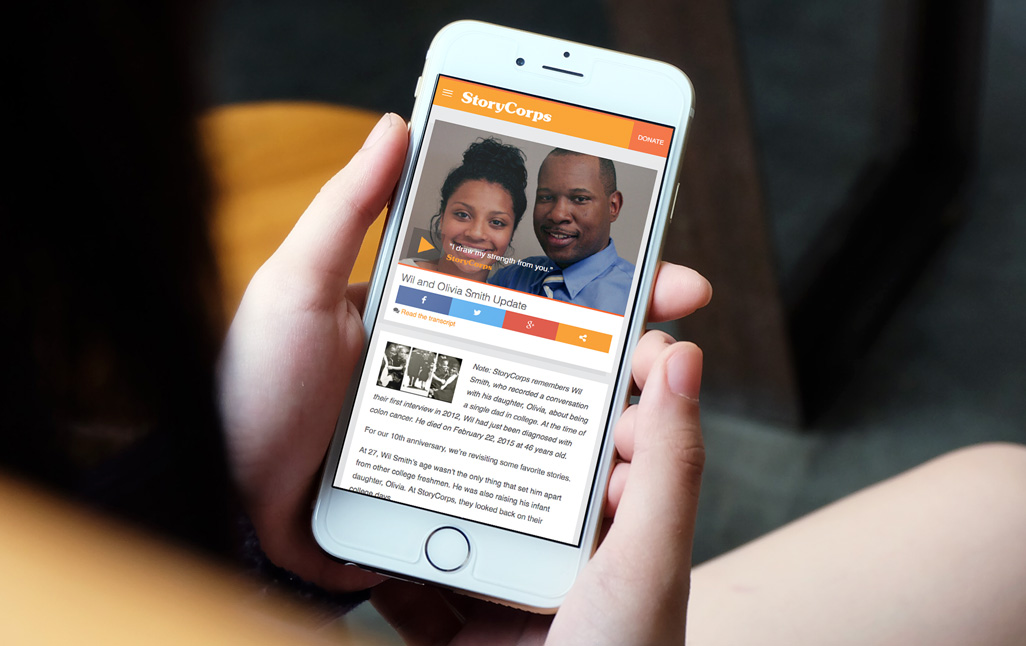With all the dozens of codecs complicating video operations and workflows, why would anyone want another one? Quite simply, bandwidth is money. Video now accounts for most Internet traffic, with consumer appetite continuing to grow. Expectations of video quality are also growing. Users have little patience for buffering delays, and HD is rapidly becoming the minimum expected resolution, with Ultra-HD on the horizon. Netflix, for example, already requires original content it purchases to be shot and delivered in 4K Ultra-HD, signaling future intentions. More and more video is being served. As you can see in the infographic below from Statista based on a study by Sandvine, just Netflix and YouTube alone account for about half of all US Internet traffic.
To enable new services like Ultra HD and HD over 4G, three new video codecs are vying to become the successor to the current MPEG-2 and H.264 standards. The High Efficiency Video Coding, (HEVC, or H.265), VP9 and AV1. The Motion Picture Experts Group (MPEG) ratified the specification for HEVC in 2013, and it promises to reduce bandwidth for a given video quality by about 50%. The 50% increase is a crucial improvement. It means being able to deliver 720p HD over 4G networks. And even with the increase, Ultra HD still requires about double the bandwidth of HD. Google has a competitor to HEVC called VP9. While not as efficient as HEVC, it comes at a very compelling price—free. VP9 is distributed as open source using a BSD-style license. While Google was working on VP10, the successor to VP9, it was decided to join forces with Amazon, Cisco, Intel, Netflix, Mozilla and Microsoft. The collaborative effort is called the Alliance for Open Media, and the new codec, AV1, includes work done on VP10 as well as Cisco’s Thor and Mozilla’s Daala codecs. The AV1 license will be open source, with no requirement that licensors disclose their own code. The initial release is expected in 2017.
A Brief History
The first MPEG standard, MPEG-1, was created to be able to deliver video on CDs. It was approved in 1992, and was widely adopted for many digital video applications. It remains popular due to its universality.
MPEG-2 first approved in 1995, is similar to MPEG-1 but added some key features. MPEG-2 adds support for interlaced television video and better audio. The ubiquitous MP3 audio format comes from MPEG-2 section 3. The MPEG-2 standard is used for DVDs and is widely used for broadcast applications, cable television and the Internet.
H.264 (MPEG-4 AVC) came out in 2003, and was designed to halve the bitrate needed by MPEG-2 for a given video quality. It provides other features, as well, such as provisions for Digital Rights Management for protecting content. H.264 is incorporated into modern Blu-ray discs (MPEG-2 is also supported), and is widely used in Internet applications such as YouTube and the iTunes store, as well as Adobe Flash, Microsoft Silverlight and Apple QuickTime.
VP8 was released by On2 Technologies in 2008. Google acquired On2 in 2010, and subsequently released VP8 under a modified BSD open source license. Performance is generally considered to be comparable to H.264. Despite being open sourced, adoption was slowed by its being released after H.264, as well as for competitive reasons.
VP9 was finalized in June, 2013. Its first commercial use was in the Chrome browser.
HEVC was released as a final draft standard in January, 2013.
Adoption
Early adopters of the new codecs will be the services that have some control over both ends. With PCs, tablets and mobile devices that perform video decoding in software, only a software update is needed. Google now supports VP9 in Chrome and on YouTube. Netflix is still extensively testing both HECV and VP9. Even with the bandwidth savings of HEVC, Ultra HD would use more than twice the bandwidth of the current Netflix ‘Super HD’ streaming format.
Another major factor potentially slowing HEVC adoption is licensing. Many companies with patents on the underlying technology, 25 at last count, have joined the MPEG LA patent pool to provide licensees with one-stop shopping and predictable fees. Notable patent holders not yet in the pool include Microsoft, Nokia, AT&T and Motorola. In March, 2015, a new patent pool was created. HEVC Advance included GE, Dolby, Philips, Mitsubishi and Technicolor. Technicolor has since left, deciding to license independently.
Both HEVC and VP9 have lined up considerable vendor support. Google partners include ARM, Broadcom, Intel, LG, Marvell, MediaTek, Nvidia, Panasonic, Philips, Qualcomm, RealTek, Samsung, Sigma, Sharp, Sony and Toshiba. HEVC has much broader support, with decoders in silicon from Broadcom, Entropic, MediaTek, MStar, Qualcomm, Sigma and ViXS targeted at STBs, DTV and consumer products. Other HEVC partners include Elemental, Harmonic, ATEME, Envivio and Rovi, Samsung, LG, Sharp and Sony.
I love standards. There are so many to choose from!
The old saying certainly holds true for video codecs. While the promise of an efficient, open codec is certainly alluring, vendors and services seem resigned to having to support HEVC despite the continuing licensing questions. As a joint standard, HEVC has a head start in hardware support for encoding and playback. And then there are the strategic considerations. Apple is a member of MPEG LA, putting native VP9 or AV1 support in iOS and Safari in doubt. But because AV1 has Google and other powerful companies behind it, clearly neither standard can win it all. Many vendors and engineering departments will end up supporting both.
To try out VP9 for yourself, run Chrome from the command line with the switch: –enable-VP9-playback, then search in YouTube for various VP9 test videos.
References
iphome.hhi.de/marpe/download/Performance_HEVC_VP9_X264_PCS_2013_preprint.pdf
files.meetup.com/9842252/Overview-VP9.pdf
www.mpegla.com/main/PID/HEVC/default.aspx
ngcodec.com/news/2014/1/12/current-status-of-hevch265-hardware-support
https://www.tysoco.com/bandwidth-requirements.html#ultra






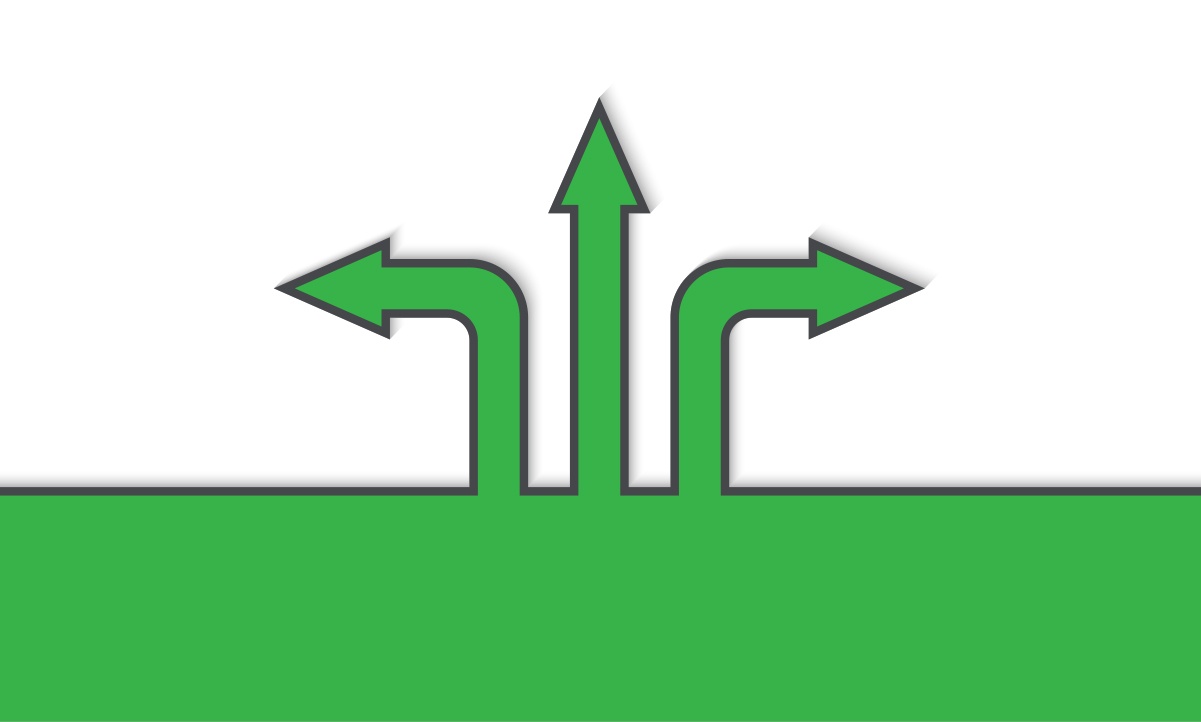

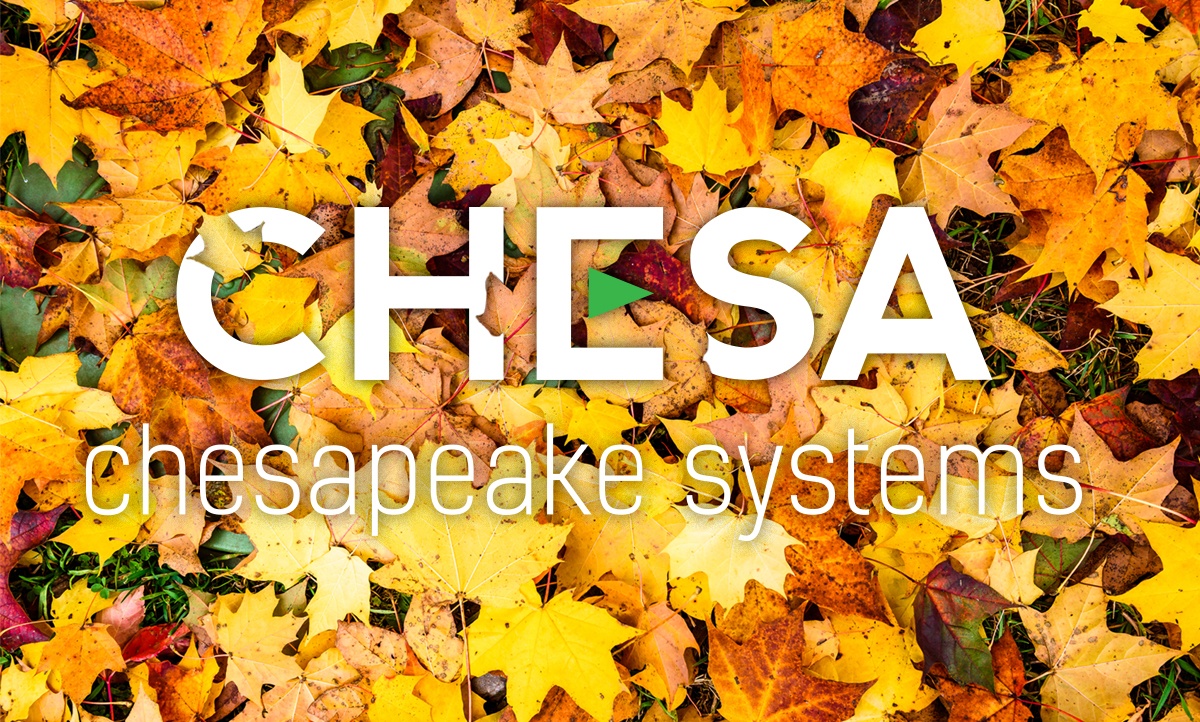
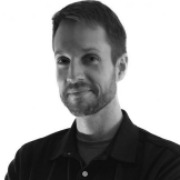 “Chesapeake is special in that a lot of us have been working for the company for 10 years or more. We really retain some of the brightest people in the industry, Mark has been amazing in that he has had a lot of savvy and fantastic luck in hiring great people. What’s kept me here is that we take care of each other. There have been hundreds of times where, in the thick of it, I’ve needed help with a given problem and have reached out to my coworkers and they immediately have the answer. We’re a young company and everyone is fun to be around. We have done amazing things. The most important takeaway is that we take care of each other and in many ways are a family.
“Chesapeake is special in that a lot of us have been working for the company for 10 years or more. We really retain some of the brightest people in the industry, Mark has been amazing in that he has had a lot of savvy and fantastic luck in hiring great people. What’s kept me here is that we take care of each other. There have been hundreds of times where, in the thick of it, I’ve needed help with a given problem and have reached out to my coworkers and they immediately have the answer. We’re a young company and everyone is fun to be around. We have done amazing things. The most important takeaway is that we take care of each other and in many ways are a family. “In today’s society I can’t help but think first about our company’s diversity, both internally and that of our customers. Each employee’s own expertise, uniqueness, and approach, influenced by their own personal and professional backgrounds, leads us to great collaboration and a culture of respect for each other and our customers. After diversity comes that culture of collaboration, again both internally and with our customers. This culture welcomes a high level of learning that must always be at the forefront of a successful technology company, while also encouraging team and client collaboration that pushes people to perform at the highest level for their peers and our clients. This diversity and culture makes Chesapeake Systems a fun and fulfilling company for which I am thankful to be a part of.”
“In today’s society I can’t help but think first about our company’s diversity, both internally and that of our customers. Each employee’s own expertise, uniqueness, and approach, influenced by their own personal and professional backgrounds, leads us to great collaboration and a culture of respect for each other and our customers. After diversity comes that culture of collaboration, again both internally and with our customers. This culture welcomes a high level of learning that must always be at the forefront of a successful technology company, while also encouraging team and client collaboration that pushes people to perform at the highest level for their peers and our clients. This diversity and culture makes Chesapeake Systems a fun and fulfilling company for which I am thankful to be a part of.”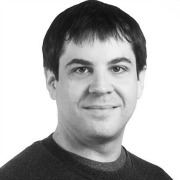 “I’m thankful to Chesapeake Systems for so many reasons. I’m glad that after over twelve years, every day I still wake up knowing that I work with my adoptive family (I’m originally from Massachusetts, so my actual family is a little ways away). My colleagues at Chesapeake are some of my closest pals, and so are many (most?) of the clientele I have the joy of working with. Every day brings something novel, with new technologies and media workflow challenges emerging constantly. We continue to redefine ourselves, and it is such a rare thing to work for a company that can continue to reinvent itself, and constantly be innovating.”
“I’m thankful to Chesapeake Systems for so many reasons. I’m glad that after over twelve years, every day I still wake up knowing that I work with my adoptive family (I’m originally from Massachusetts, so my actual family is a little ways away). My colleagues at Chesapeake are some of my closest pals, and so are many (most?) of the clientele I have the joy of working with. Every day brings something novel, with new technologies and media workflow challenges emerging constantly. We continue to redefine ourselves, and it is such a rare thing to work for a company that can continue to reinvent itself, and constantly be innovating.”
